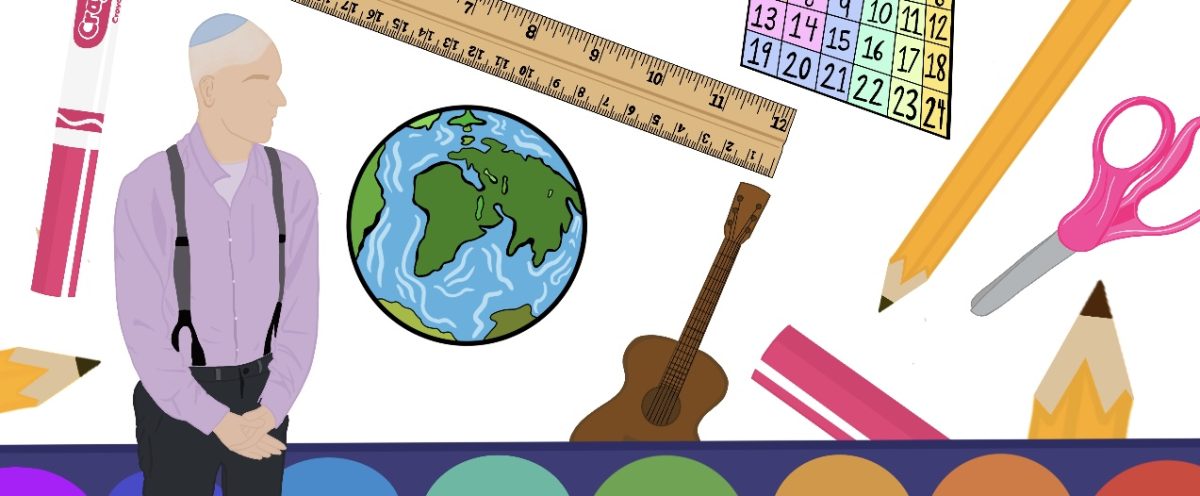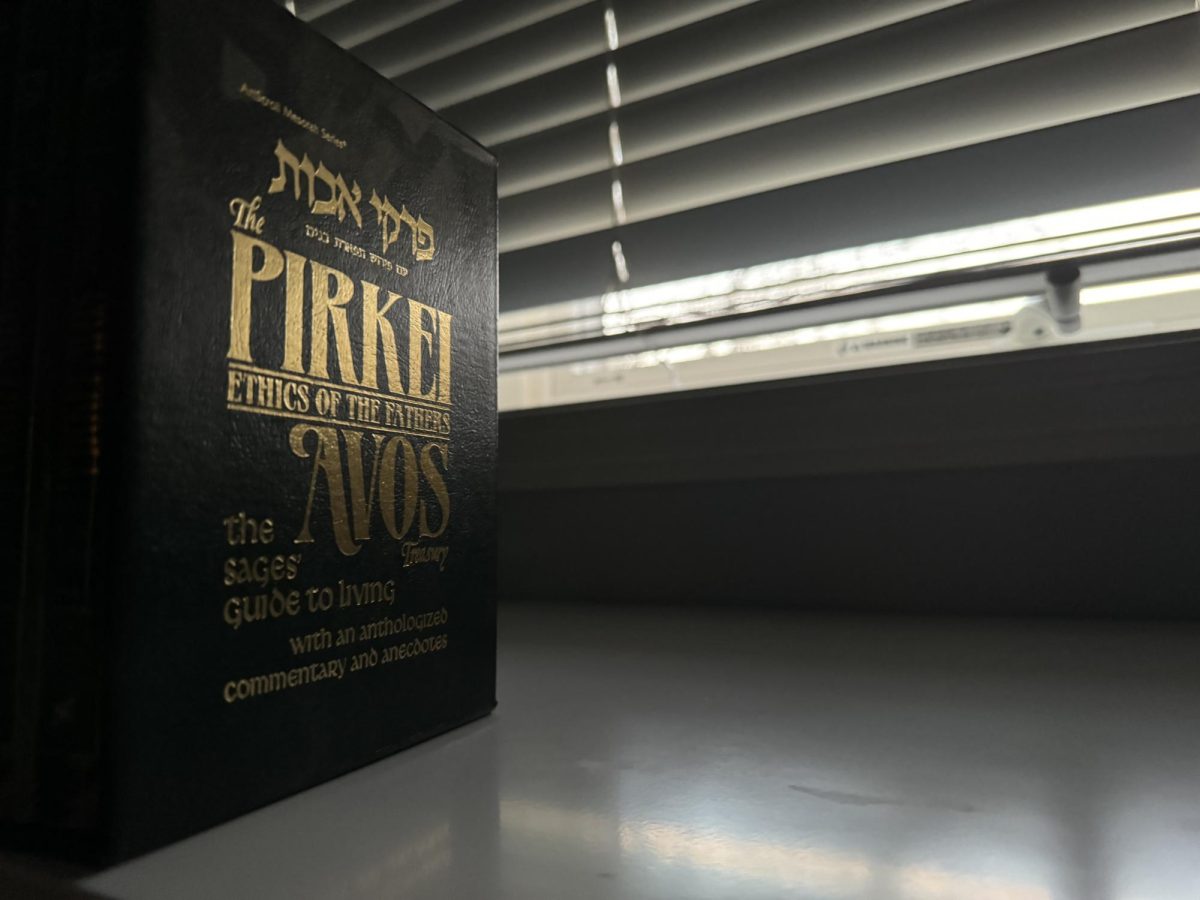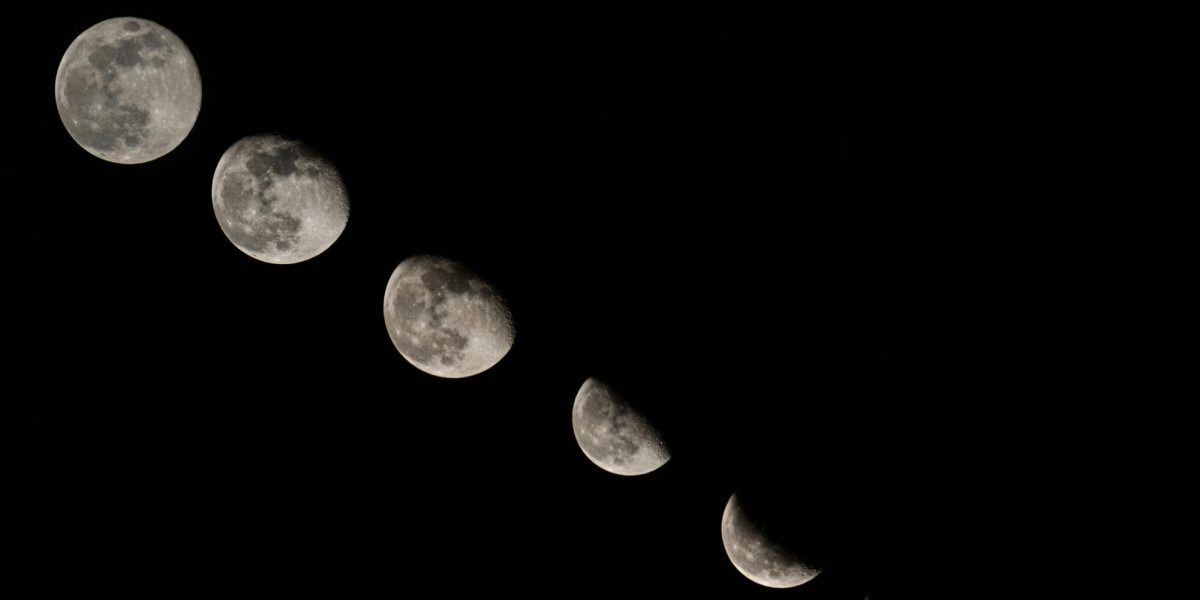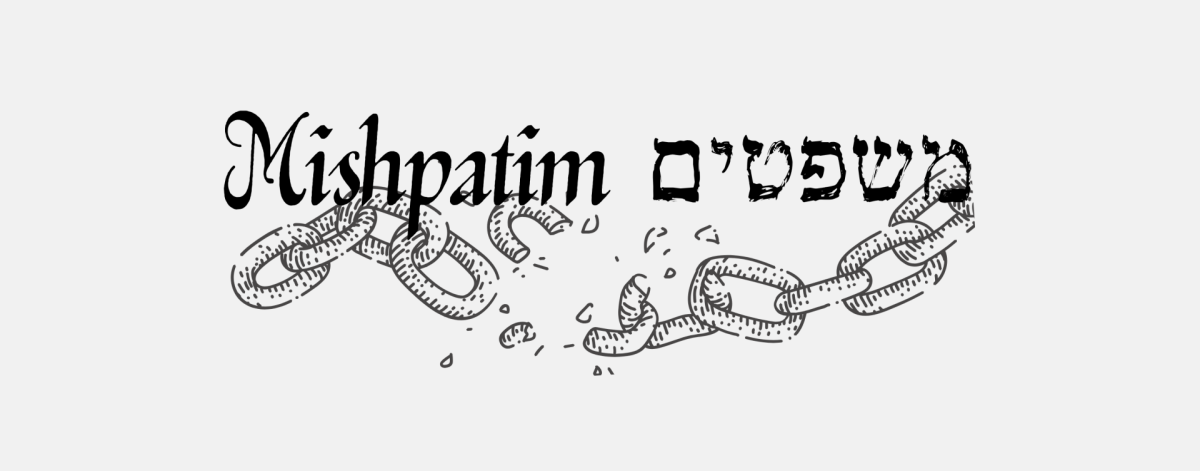Dressing up in costumes is not just for younger kids. On the Jewish holiday Purim, everyone gets into character. From rabbis to teenagers, Jews worldwide use Purim as an enjoyable day full of sharing and giving, as motivation to help those in need.
There are spiritual, historical, and courteous reasons why people dress up on Purim.
The title of the Purim story, “‘Megillas Esther’ means…revealed. Esther comes from the word hidden, and megillah comes from the word legalot: to reveal the hidden,” Rebitzin Esther Friedman explained about the title of the story. The title of this text represents the continuous theme of secrecy.
In Jewish texts, God is normally a key character, and his actions do not go unseen. In Megillat Esther (another pronunciation), God is hidden, and his name is not written once. “Yet God, it seems, is pulling the strings. Everything is not as we think,” writes Jeremy Rosen for The Algemeiner. God is the secret proprietor and made all of the miracles fall into place behind the scenes. The best moments happen when you least expect them.
Similarly to God, Esther also hid her identity. From the start of her process to become queen, she changed her name from Hadassah to Esther (hidden). While living in the castle, Esther disguised herself as the queen King Achashverosh wanted her to be. This enabled Esther to use her power to convince Achashverosh to save the Jews from Haman’s attempted genocide.
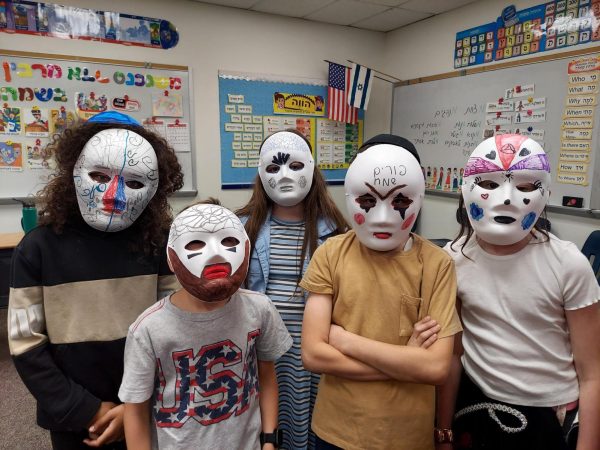
Photo provided by Amanda Birger
Both Esther’s name and character are her form of costume. She was the hero of Hadassah’s (Esther’s former name) life and all of the Jews in Achashverosh’s kingdom. On Purim, kids dress up as their favorite superheroes and princesses, which are two of Esther’s traits.
Esther and God used their secrecy to perform miracles greater than anyone could imagine, but the difference between the miracles commemorated on Purim compared to the other Jewish holidays is that they “seemed so natural…and they just seemed to happen,” Friedman said.
Friedman stated, “The miracles were done in such a hidden way that we do the masking to remember how it was so hidden and yet so miraculous.” The way that everything fell into place was done through natural events, disguising God’s work and miracles with the help of Esther in the castle. From Esther being chosen as King Achashverosh’s wife, to Mordechai overhearing Bigtan and Terish’s plot to kill the king, these events were God’s cameos in the Purim story (Hunter).
Other than the miracles and historical connection to hiding, there is also a communical respect that relates to Purim with dressing up in costumes.
It is a mitzvah (Jewish law) to give money to the poor on Purim. While some people donate to organizations, others give to people in person. Doing so can be embarrassing for both the giver and the receiver, so anyone who is doing this mitzvah or is the recipient of the donation does not want to be ashamed or put in an awkward situation. Being in costume creates a barrier between the donor and the beneficiary. Since the donor is hidden, the recipient does not have to be worried about who is behind the mask (Zaklikowski).
No one should feel uncomfortable or sad on Purim. When the entire community is dressed up in costume, everyone is equal. There is no showing off of clothing or money; everyone is just there for a good time.
The silly aspect of Purim ties into the reason why everyone wears a costume. The theme of venahafoch hu (everything flips) is woven throughout the entire story. Dressing up is today’s version of the concept of opposition from the Purim story translated into the lives of contemporary Jews around the world (Rahav-Meir).

Photo provided by Amanda Birger
When dressing up, you are hiding your identity and pretending to be someone or something you are not. The entirety of the Purim story has hidden aspects, like Esher’s Jewish identity and God’s miracles. The Jewish custom of getting into character and pretending to be something else gives us a connection to our ancestors and the experiences they went through.




